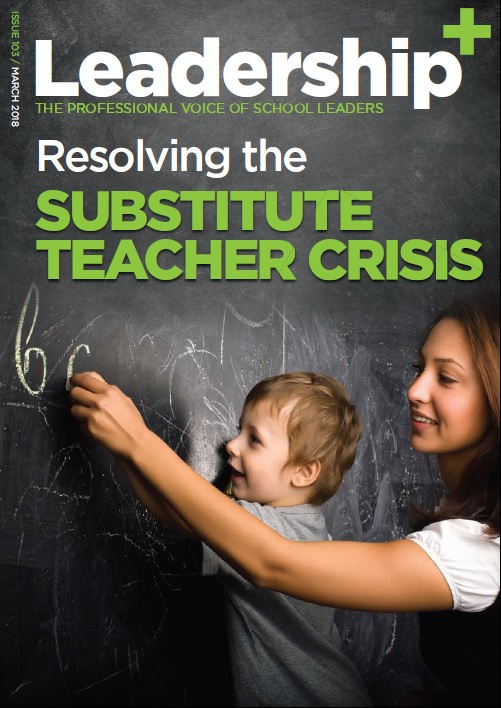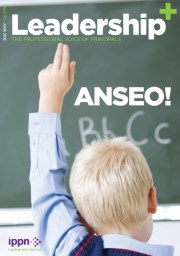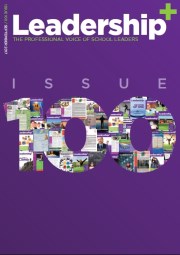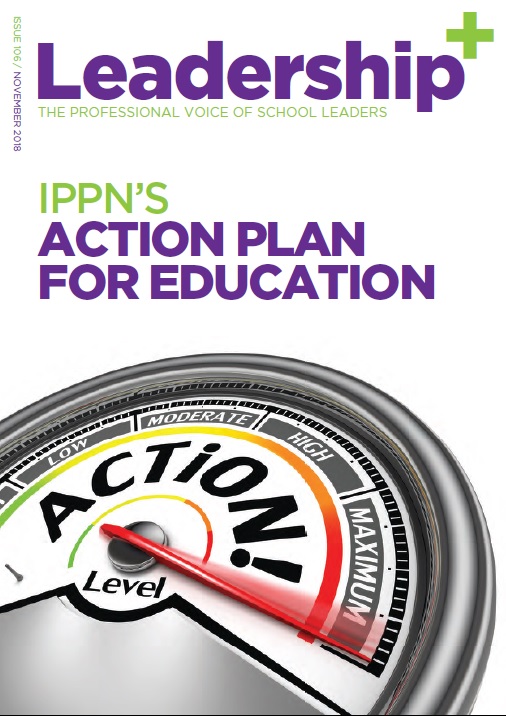16th December 2004 - Risk Management Challenge for Principals
Risk Management Challenge for Principals
Every school has a legal Duty of Care to its pupils. What this means is that the Board of Management, through its Principal and teachers must provide a level of supervision which is comparable to that provided by a reasonable parent. The level of supervision will be influenced by the age of the child and the nature of the school environment. Every school today has a code of behaviour incorporating a policy on Bullying Prevention. Such codes will have reasonable child appropriate sanctions up to and including suspensions.
However, the culture of a Primary School (given that it serves education within the compulsory age range) is to use suspension sparingly and only as a last and final resort. Because of the Duty of Care responsibility, a Principal will make every attempt to deploy strategies in collaboration with Parental Support to address the problem. Suspending a child is rarely a solution in itself and is often a symptom of failure to gain the support of parents.
If a child poses a tendency towards violence the Principal faces the dilemma of managing the behavioural problem within the school context or suspending the pupil. This is a classic risk management situation. Parental Support or the lack there of is fundamental to this decision. If schools are going to be the target of litigation arising from incidents between pupils, Principals will detect a greater sense of vulnerability and the likelihood is a trend in increased suspensions as a means of protecting from litigation.
In a case of repeated pupil violence, it must be recognised that schools operate within strict legal parameters which protect the rights of others.
The responsibility borne by parents in relation a child's behaviour must become the focus of any attempt to address this issue.
Is mise le meas,
Seán Cottrell
Director
24th November 2004 - Principal Teachers urge DES to Save Small Schools
Principal Teachers urge DES to save small schools
At the first ever cross-border conference of Principal Teachers on the
island of Ireland, delegates heard Virginia O'Mahony, President of the
Irish Primary Principals' Network (IPPN), issue a strong challenge to the
Department of Education and Science to address the impending demise of
small primary schools in Ireland.
"We have had twenty-five years where nobody has seriously looked at the
issues and challenges facing smaller schools in Ireland." Over 70% of
our schools are small schools with teaching principals, many in isolated
rural areas. Children attending school, no matter where they live, are
entitled to a similar service. Because of the demands placed on teaching
principals and the bureaucratic requirements of the Department of
Education and Science in allocating resources, smaller schools face an
uncertain future and risk closure as they fail to attract principals.
Last year, thirty six schools advertised to recruit principals and
received no applications."
The conference outlined research into innovative ideas for future models
of school organisation which are currently being developed by IPPN in
conjunction with Dr. Mark Morgan, St. Patrick's College of Education.
This research has been conducted over the last eighteen months in
collaboration with and support of the key education partners.
"This is the first serious piece of research which has been undertaken
in Ireland into exploring a vision and models of good practice on the
issue of small schools. If we continue to do nothing, this is
effectively a death sentence for smaller schools and we will wake up in
five years time and wonder where they have gone?"
IPPN calls on the Minister for Education and Science to establish a
series of pilot projects based on the findings of this groundbreaking
research. Based on the results of this research and with the experience
of clustering and federation models of schools in Northern Ireland,
there is now an unprecedented opportunity to suggest innovative and
creative evidence based models for smaller schools to thrive and
flourish. This is a real example of rich cross border co-operation where
the experiences of principal teachers can be shared to great effect.
IPPN is the professional association representing 3,300 primary
principal teachers in Ireland. This conference - Bringing Heads Together
- has been organised in co-operation with the National Association of
Head Teachers, their Northern Ireland counterparts.
Ends
--
John Curran, Public Relations Officer
Tel: +353 (0)87 2314259
Virginia O'Mahony, President
Tel: +353 (0)86 6866360
Seán Cottrell, Director
Tel: +353(0)86 6478717
8th November 2004 - Principals call it a 'Black Day' for Primary Education
Principals call it a 'Black Day' for Primary Education
The Irish Primary Principals' Network (IPPN) are profoundly disappointed and frustrated with the Minister's announcement that the government will not be able to honour it's commitment to reduce class size. IPPN, representing the professional views of 3,300 Principals, believes that this decision is in fact a step backwards for primary education given its consequences in three key areas:
1.Special Education Needs
Principals, teachers and parents alike are all committed to the successful integration of children with SEN in mainstream primary classrooms. However, it does not take an educationalist to understand why you cannot successfully include a child with Autism in a classroom that has 30 other children each with their own emotional, behavioural and learning needs. Integrating SEN is not something that can be done 'on the cheap' with large classes. If this is to happen in a way that is educationally meaningful, class sizes must be dramatically smaller. This is simply not negotiable.
2.Education Disadvantage
Almost every week we hear reports about a high level of illiteracy and student drop out from second level. What is often forgotten is that there are thousands of disadvantaged children in mainstream classes that are not in Designated Disadvantaged Schools. As long as disadvantaged children are in primary classrooms with large numbers, the challenge of tackling literacy, numeracy and their personal development needs, will prove next to impossible. You cannot 'fix this problem' at second level. It can only be resolved through adequate intervention at the early stages of Primary Education.
3. Revised Primary Curriculum
Huge money has been invested in what has been widely accepted as an excellent Primary Curriculum. It is now the envy of many other countries. Sadly, its benefit will be lost if we fail to reduce class size. The revised curriculum manifests itself as a complex and sophisticated structure for learning which has required much up-skilling of teachers and significant additional teaching resources. This curriculum has effectively done away with whole-class teaching replacing it with a combination of group work and one to one teaching. These approaches cannot be achieved with the current average class size of 29.
Primary Education is not a luxury, nor indeed a charity. Primary education is a fundamental human right. Today, the average number of children in Irish Primary Classrooms is 29 per teacher. Because this is an average figure it means that for every classroom with 24 children there is a corresponding classroom with 34!
Ireland is now amongst the richest nations per capita and has a vibrant and growing economy. There is no reason why our government could not give it the level of priority required to deliver an appropriate service. We have recently learned that Finland, Denmark and Sweden are in the top four of the worlds most competitive economies. These countries have continued to prioritise primary education for many years without adverse effects to other public services.
Ends
Seán Cottrell, Director, IPPN
1890 21 22 23 / 086 6478717
22nd October 2004 - Minister Hanafins new sense of Urgency and Respect for Principals
E-Scéal 61 - Minister Hanafin's New Sense of Urgency and Respect for Principals



















































